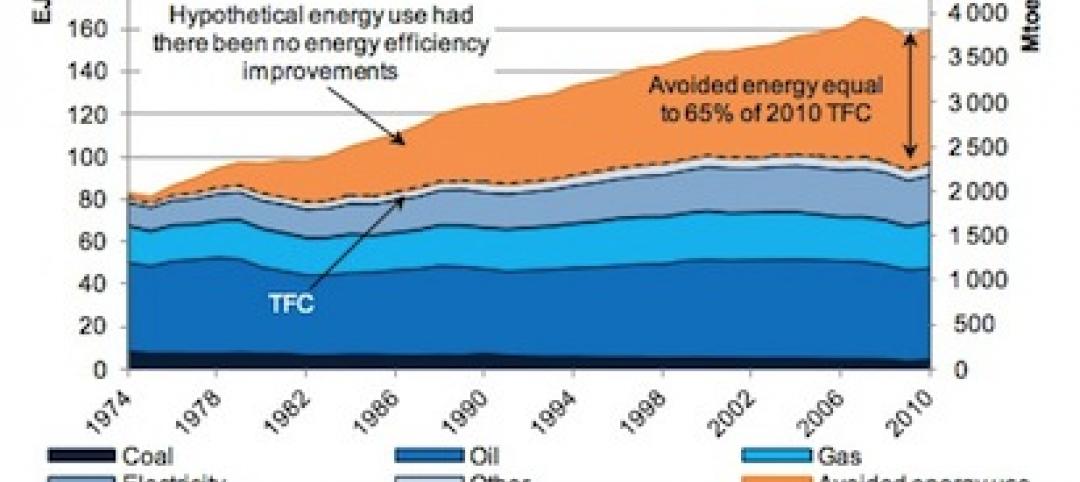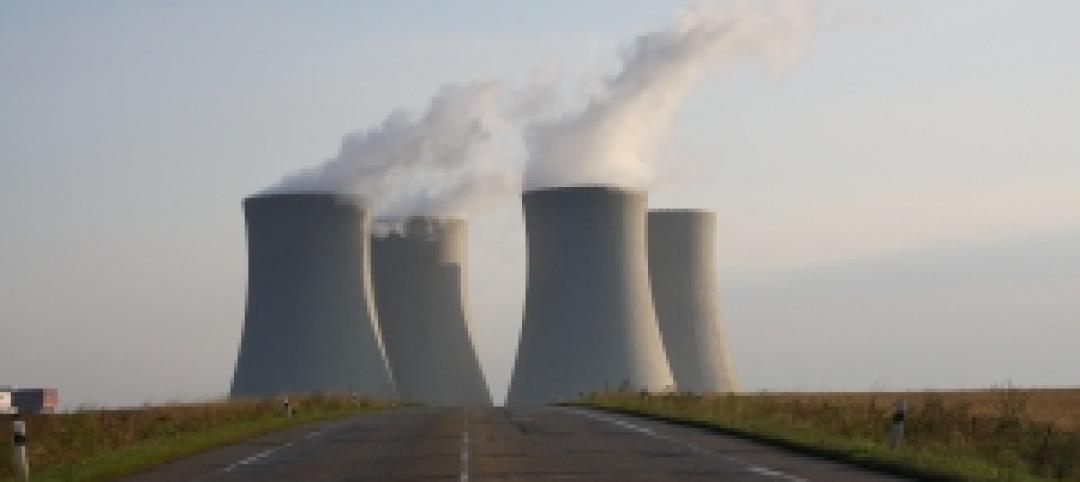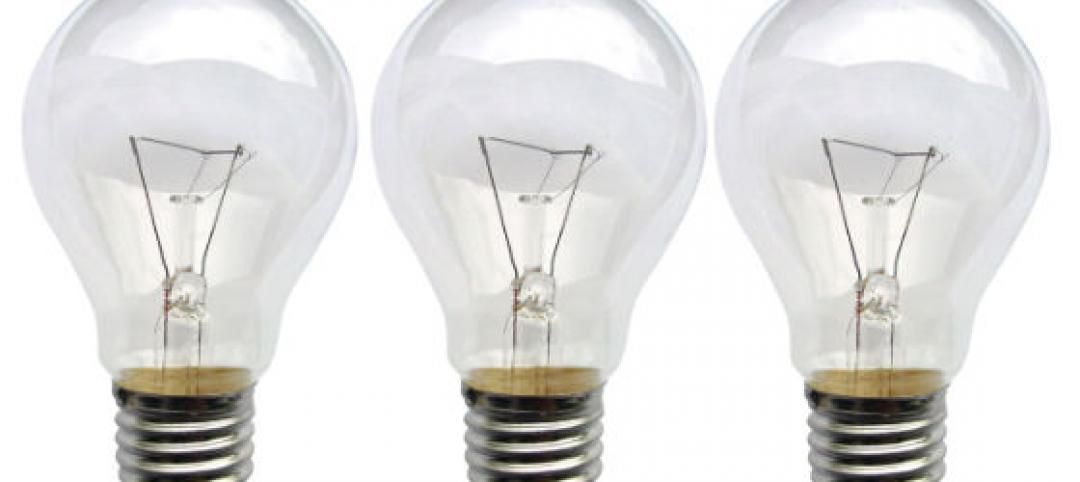The Propane Education & Research Council (PERC) announces the launch of its Propane Heat & Power Incentive Program, a nationwide research initiative designed to encourage adoption of new energy-efficient propane-fueled products by homeowners and business owners.
Participants can receive up to $10,000 toward the purchase of premium generator sets and micro-combined heat and power (micro-CHP) systems in exchange for reporting performance data on equipment to PERC. Businesses and homeowners can apply for up to two qualifying products. Feedback from the program will be used to supplement future product development and research.
“Propane is a clean-burning, American-made fuel that can help business owners and homeowners lower heating and electric bills while potentially increasing the value of their homes or properties,” Bridget Scanlon, director of residential and commercial programs at PERC, said. “The Propane Heat & Power Incentive Program lowers the initial purchase cost on new propane-fueled products, enabling more homes and businesses to experience the advantages of propane.”
The Propane Heat & Power Incentive Program offers $1,500 on the Kohler 6VSG and Generac EcoGen 6 kW generators. Micro-CHP systems, including the Marathon Ecopower and Yanmar CP5WN, qualify for a $5,000 incentive while Yanmar’s CP10WN system qualifies for a $10,000 incentive.
Propane is currently used in over 48 million U.S. households for residential applications and emits fewer greenhouse gas emissions than conventional home heating fuels and electricity. In 2009, almost 75 percent of propane sold was for residential or commercial uses.
To learn more about the Propane Heat & Power Incentive Program, qualifying products, or to apply, visit buildwithpropane.com/heatandpower.
Related Stories
Smart Buildings | Apr 28, 2014
Cities Alive: Arup report examines latest trends in urban green spaces
From vertical farming to glowing trees (yes, glowing trees), Arup engineers imagine the future of green infrastructure in cities across the world.
| Apr 16, 2014
Upgrading windows: repair, refurbish, or retrofit [AIA course]
Building Teams must focus on a number of key decisions in order to arrive at the optimal solution: repair the windows in place, remove and refurbish them, or opt for full replacement.
| Apr 15, 2014
Avoided energy use exceeds contribution of other fuels: IEA report
Avoided energy use attributable to energy-efficiency investments has resulted in a contribution outstripping the annual consumption of oil, natural gas, electricity, and coal.
| Mar 26, 2014
Callison launches sustainable design tool with 84 proven strategies
Hybrid ventilation, nighttime cooling, and fuel cell technology are among the dozens of sustainable design techniques profiled by Callison on its new website, Matrix.Callison.com.
| Mar 7, 2014
Thom Mayne's high-tech Emerson College LA campus opens in Hollywood [slideshow]
The $85 million, 10-story vertical campus takes the shape of a massive, shimmering aircraft hangar, housing a sculptural, glass-and-aluminum base building.
| Mar 6, 2014
AIA and almost 1,000 other businesses oppose effort to repeal energy efficiency bill
This opposition comes in response to reports that the oil and gas lobby pushed to include a repeal of Section 433 of the Energy Independence and Security Act in the bipartisan Shaheen-Portman energy efficiency bill.
| Feb 13, 2014
Extreme Conversion: Nazi bunker transformed into green power plant, war memorial
The bunker, which sat empty for over 60 years after WWII, now uses sustainable technology and will provide power to about 4,000 homes.
| Jan 30, 2014
How reverse engineering nature can spur design innovation
It’s not enough to copy nature. Today’s designers need a deeper understanding of environmental nuance, from the biome in.
| Jan 23, 2014
Adrian Smith + Gordon Gill-designed Federation of Korean Industries tower opens in Seoul [slideshow]
The 50-story tower features a unique, angled building-integrated photovoltaic (BIPV) exterior designed to maximize the amount of energy collected.
| Jan 16, 2014
The incandescent light bulb is not dead
Despite misleading media reports, January 1 did not mark a ban on the manufacture or import of 60-watt and 40-watt incandescent bulbs.

















